Why Investing in the Best Onboarding Experiences Is Critical to Customer Engagement
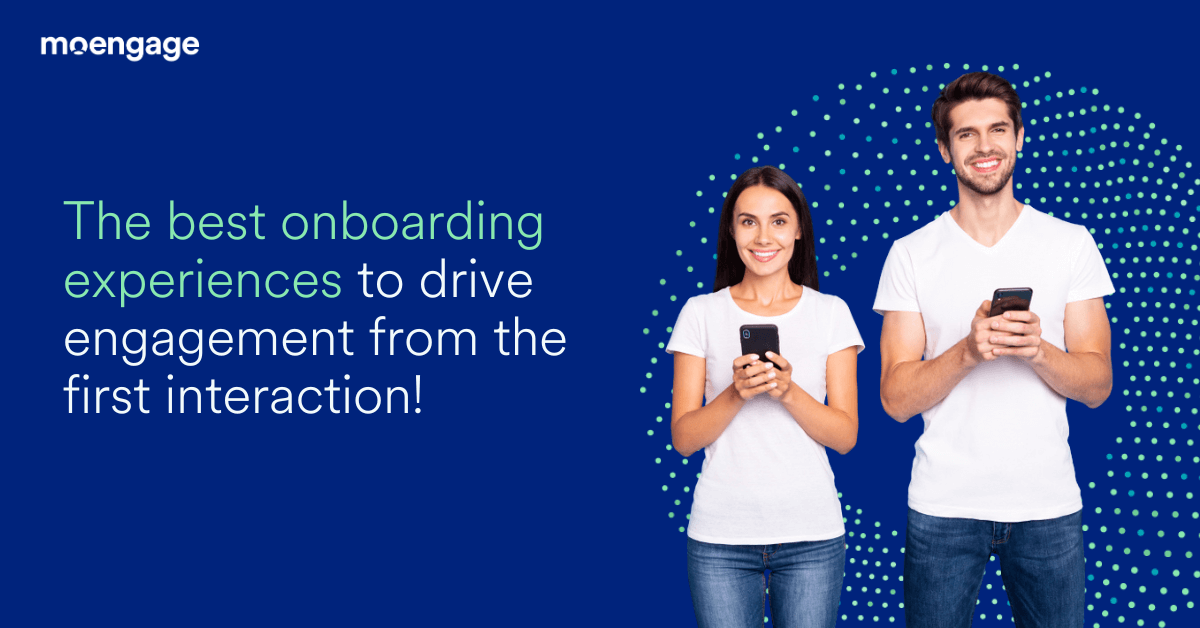
User onboarding is the process of initiating a new customer into your product, service, or application and guiding them to find value in it. The goal is to assist them in becoming loyal customers. An onboarding experience includes online and offline training to make a customer proficient in a product.
Companies have now realized the value of a good onboarding experience on overall success. During onboarding, a customer is familiarized with the new product or service. It also sheds light on how much the company values its customers.
A strong, optimized, and goal-oriented onboarding flow can help customers accelerate time to value and reduce churn.
This blog talks about creating good user onboarding experiences, managing customer expectations, customer onboarding best practices, and some exemplary onboarding experiences. Let’s begin!
What Is an Onboarding Experience?
A customer onboarding experience is the first experience that your customer has with your product. It may include the following:
- A brief demo of the product features
- Guide on creating an account
- Exploring the core features in-depth
- Learning and setting customer expectations
- Other associated information
The purpose of a user onboarding process is to promote customer activation, retention, and success. This means that by the end of the onboarding flow, your customer must know what the product is and does, possess enough motivation to come back to it, and be able to harness its capabilities to drive success.
The best onboarding experiences cannot be created with a universal formula. There’s no “one-size-fits-all” strategy to it. You must tailor your first user experience (UX) based on who and how your audience is.
For instance, the onboarding flow of a streaming app like Netflix cannot be similar to that of a SaaS company like Salesforce. Hence, it’s important to understand your core user base to build the best customer onboarding experiences.
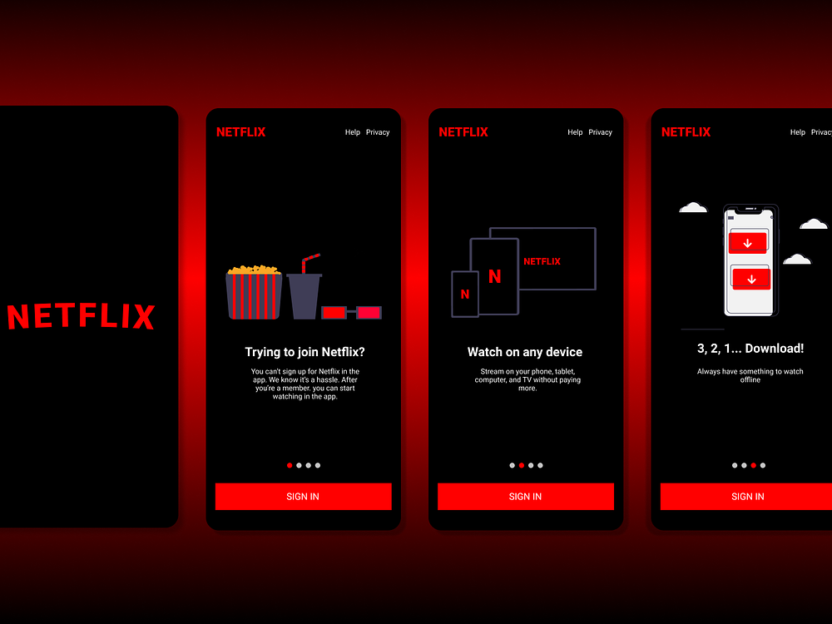
In the case of SaaS companies, the ideal customer onboarding flow should consist of steps like:
- Welcome email
- Product tutorial
- Sign-up documentation
- First login experience
- Informative emails
- Follow-up calls
- Notifications
- Data import
- Progress milestones
You can customize this flow according to business requirements and product specifications.
One aspect is constant while creating the best onboarding flows across the grid. You must manage customer expectations. Once you excel at that, very little can stop you.
How to Manage Expectations When Onboarding New Customers
According to studies, an average Google Play app loses 77% of its customers in the first three days after its installation. After a month, 90% of their customers tap out, and after three months, only 5% of customers are expected to continue using it.
In most cases, the customer feels disconnected from the app for some time or stops feeling its need. Creating an informed and contextual onboarding experience can beat this. It adds value to your product and helps reduce these churn numbers.
For that, you must first understand and manage client expectations during the onboarding process. Here are some ways you can do this:
1.) Stay Informed About Your Customers
You know your business better than anybody else. So, you must know your customer base equally well. Stay ahead of their issues and have a plan of action to deal with the most common roadblocks during and after onboarding.
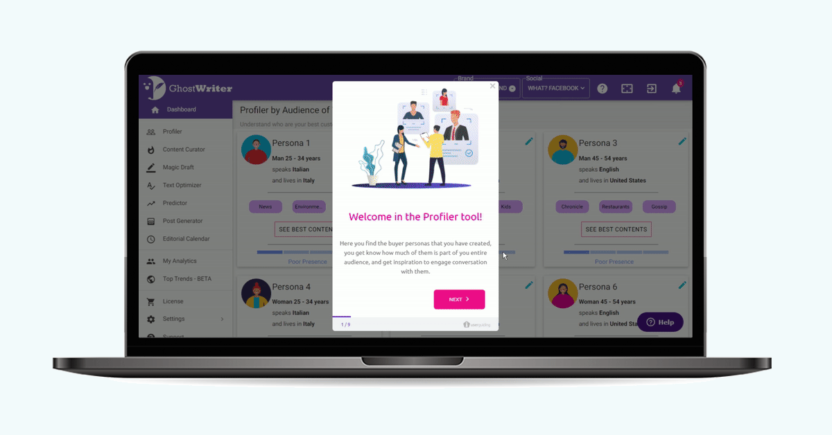
GhostWriterAI has the perfect onboarding experience tailored to know more about customers’ needs while showing them the core features of the platform in one go.
2.) Maintain Consistent Communication
As a brand, you must be consistent in your communication with customers. Set goals with your product or service, and stick to them. Be transparent about terms and conditions, as well as product capabilities.
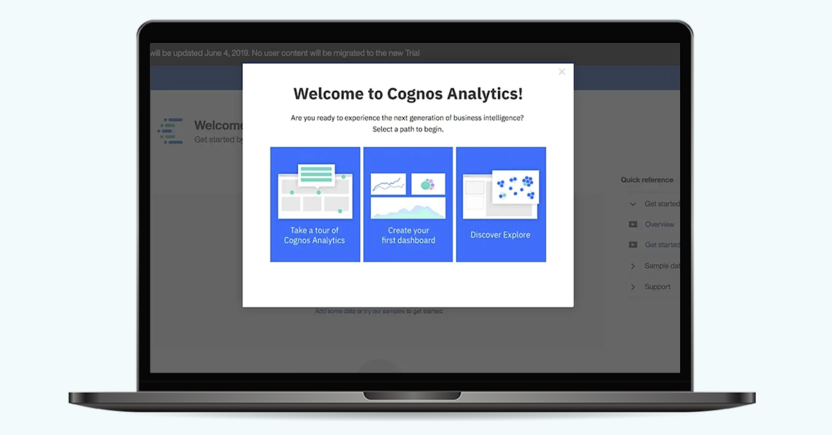
If you run a tech company, communicate with customers like their allies, not teachers. This conveys that your objectives are aligned in regard to the product. Don’t talk too much jargon or overload customers with irrelevant information during the onboarding stage.
Instead, design your customer onboarding flow in a way that your product gets integrated into your customer’s usage system smoothly and without major disruptions.
3.) Perfect Your Customer Service Channels
Make sure your customer service is easy to reach, prompt, helpful, and technologically equipped to solve customer issues. If the customer service desk disappoints your customer in the initial stages, they are much more likely to look for alternatives.
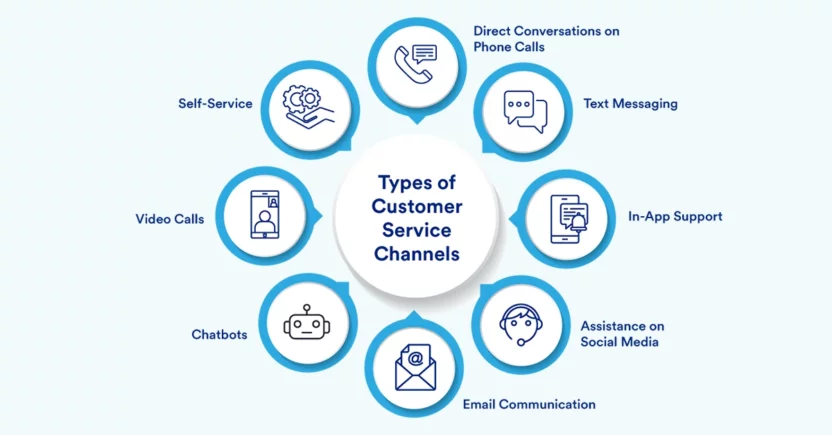
4.) Have a Straightforward Usage Agreement
SaaS companies often get stuck in the quagmires of an unclear usage agreement. To avoid such pitfalls, create a simple, clear, and straightforward agreement.
Venmo’s agreement is short, crisp, and informative. It also has links to more detailed segments, like Privacy Policy and Acceptable Use Policy. So, it is useful without overloading the customer with information.
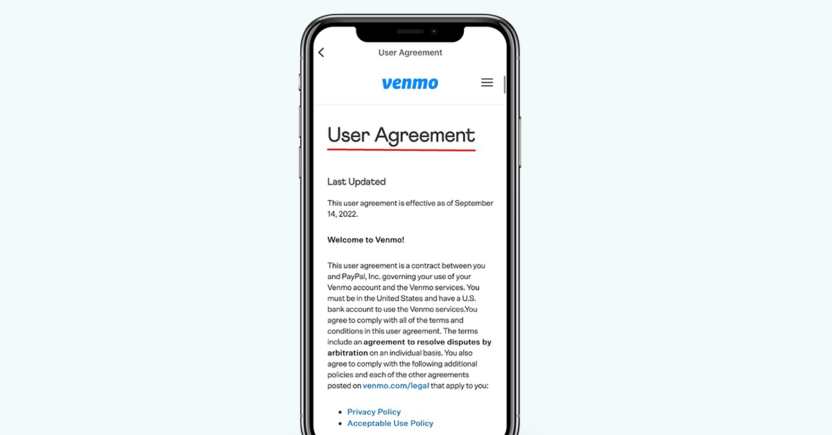
If you’re providing a service, include basic information such as how and when you will meet clients, preferred modes of communication, check-in intervals, and more, as applicable. Set project timelines and prices clearly, for future reference.
5.) Keep Client Expectations in Check
However, the tricky aspect of this is how you can keep customer expectations in check when they ask for something unreasonable or impossible. To avoid unpleasant situations like this, set expectations early and refer to them periodically to keep on track.
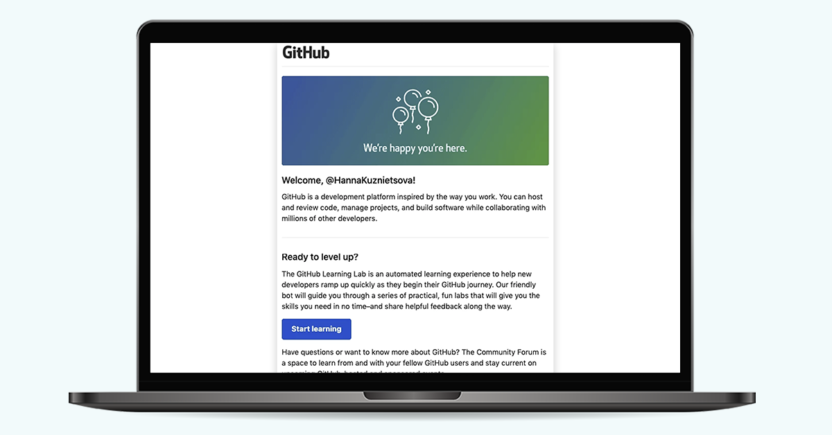
GitHub’s onboarding system gives you a clear idea of what to expect in the journey, which resources are available, and so on. Similarly, the best onboarding experiences must be customer-centric, role/outcome-based, and simple. And this is what your aim should be while building user onboarding flows that create value.
What Is the Value of a Great Customer Onboarding Experience?
The best app onboarding experiences are those that create massive value in building customer relationships. Your aim is to shorten your new customers’ time to value, get them to activate more quickly, and create their “aha moment”.
An aha moment for your customer would be when they find something in your product to resonate with; something that relates to their problems or pain points or reinforces their positive beliefs about the product.
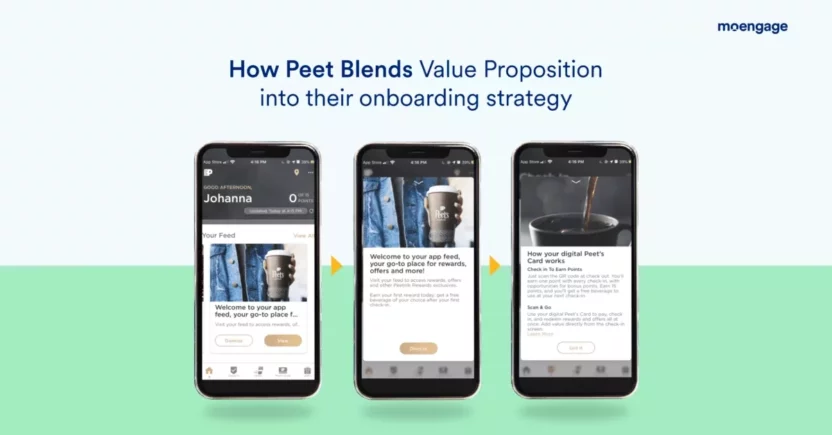
With the help of MoEngage, Peet successfully combined value proposition with their onboarding experience. They highlight the core features and rewards smoothly while guiding users through the UI.
Here’s why you should take onboarding experiences seriously.
a.) Increases Customer Engagement
When customers download an application, they are mostly looking for solutions. Utilizing onboarding tools makes it easy for your customers to understand and use your product. This, in turn, leads to higher customer engagement.
Your customers spend more time on your product, try out multiple features, and may even make further purchases. All in all, it is beneficial for your business.
b.) Boosts Conversion Rates by 80-90%
Conversions are critical for any company to survive, and it is one of the top onboarding metrics that a company tracks. A digital onboarding experience boosts conversion rates by up to 90% because your new customers typically make purchase and conversion decisions in the first few minutes of using your product.
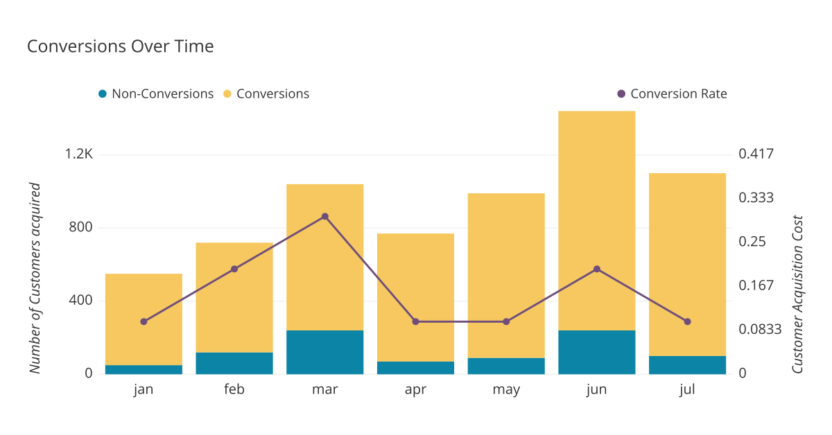
If you have a solid onboarding flow in place, the chances of conversion will increase dramatically. For instance, elements like product tours, case study examples, step-by-step tutorials, and so on generate interest in your product and urge customers to convert.
c.) Increases Customer Retention
You can convince customers to pay for your product the first time, but what will make them pay again later? Keeping customers interested in your product enough to pay regularly is a big challenge for most companies.
If your onboarding process is well-designed and easy to follow, your customers tend to stick for longer. Thus, the best onboarding experiences boost retention rates and product usage.
d.) Helps Educate Customers
Your onboarding process is aimed at making the learning curve of your product easy. Include informative demos, articles, a help center, and a knowledge base so that your customers can get educated about your product’s key features before they start to use it.
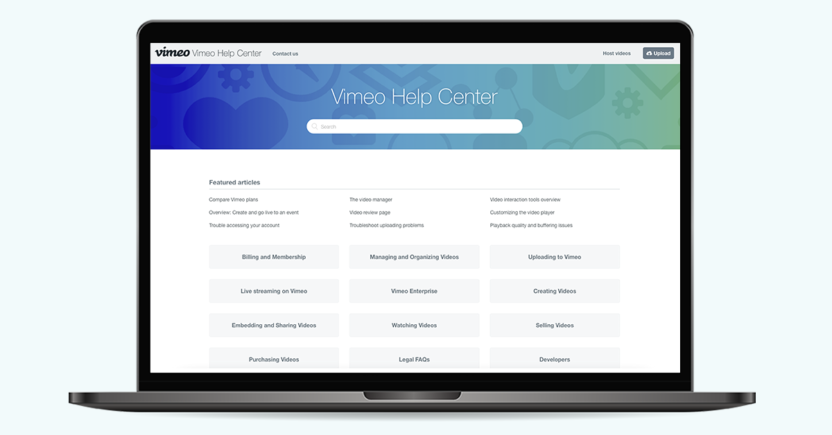
Vimeo’s help section is a perfect example of how you can place knowledge resources in a single area to help customers navigate better while they’re going through the onboarding flow.
You can use the onboarding stage to create a connection with customers and turn them into loyal customers. After all, a well-boarded customer is a happy customer, and a happy customer will remain attached to your product.
e.) Reduces Customer Support Costs
Typically, customer support is the last stage of an onboarding journey. A new customer might have hundreds of questions and doubts about a product. The onboarding period is the right time to address these queries and eliminates doubts. If you do not conduct an effective onboarding, your customer service agents will be bombarded with similar questions from multiple customers.
This takes up a lot of time, thus adding to the company costs. You can remove this hassle by providing fundamental information and addressing FAQs effectively during onboarding.
All this being said, the most value can be extracted from the onboarding process flow only if you know the best way to go about it.
Best Way of Onboarding New Customers
There are no absolutes when it comes to creating a process of onboarding new customers. The best customer onboarding experiences cover core functionalities, build trust with customers, and pave the way for a long-term association.
You shouldn’t just show customers how to use your product. You must also equip them to harness the most value out of your product in a short time.
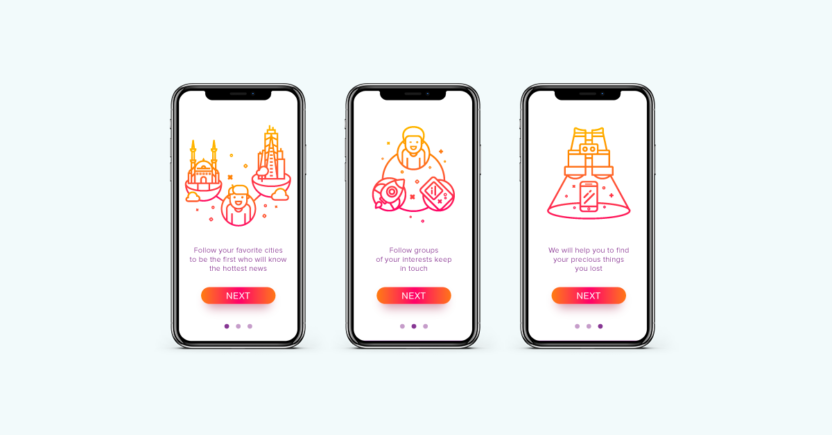
Simply put, the best way to onboard new customers is to create an onboarding experience with the following elements in mind:
- Customer-centricity
- Built with customer actions taken into account
- Broken down into modal pieces
- A strong foundation in research and testing
- Simple interface
- Informative and outcome-based
- A progress bar at the top throughout
- Integration with existing systems, social media channels, and so on
You should also consider whether you need a manual onboarding process or automate some or all of the steps. The integration of automation with personalization at certain touchpoints is what makes for a perfect onboarding experience.
Keeping these points in mind, you can create the best onboarding flow for your company, which aligns with your business goals.
Customizing Your Customer Onboarding Flow
Once you have a handle on the primary steps to include in your onboarding experience, you can customize the flow further with the following best practices.
a.) Start with the Simple Aspects
Since the customer is new to your product, start by explaining the simple aspects of using it. This includes a dashboard walkthrough, and brushing up on basic concepts, and terminologies. You can bring out this information through articles, videos, demos, etc.
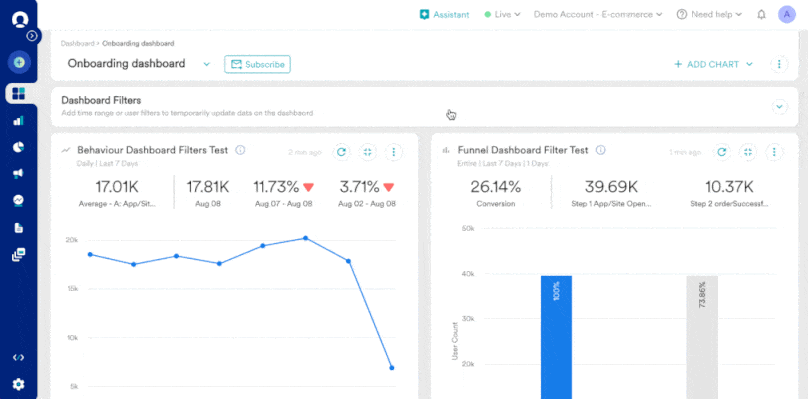
Explain how these features bring value to their business or life and provide them with all the information to complete the initial setup.
b.) Let Customers Take Charge
It is not enough to unload all information on your customers. Let them take charge of their learning through interactive guides, demos, and trials. Prompt them to click key UI areas, take them through complex procedures, and include rich product tours and guides that they can refer to whenever they are stuck.
Elements like live demos and chat channels can further elevate the onboarding experience, just like Oracle’s Practice Lab, which lets customers take charge and perform activities through a guided process.
c.) Automate What You Can
In this fast-paced tech world, automation is your friend. A fully manual onboarding process is unheard of at this age. Hence, automate the tedious processes like sending emails, following up with customers, providing them with progress updates, etc.
d.) Analyze and Optimize
Customer behavior analysis is a key aspect of maintaining a successful onboarding process over the years. Use smart tools to measure customer engagement, generate analytics reports, and optimize your onboarding process. MoEngage Analytics helps businesses track growth and customer metrics.
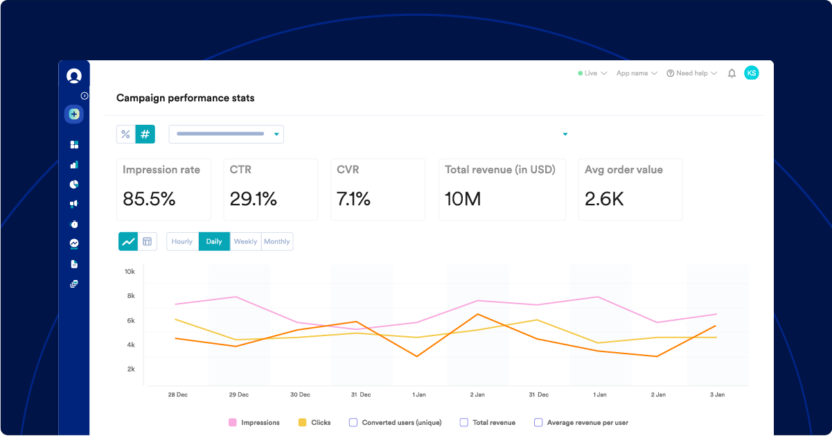
You can also conduct A/B and dynamic multivariate testing, perform customer research, study progressive onboarding examples, and study market trends to make your onboarding flow better and more results-oriented.
By automating major processes and combining them with advanced personalization, you can optimize your customer onboarding flow for higher conversions.
Best Onboarding Experience Examples in 2023
Let’s look at some onboarding experience examples that stand out from the crowd.
a.) Slack Has a Unique Onboarding Bot
The messaging app Slack is well-known for its interactive onboarding experience. When you sign up to Slack, you are greeted by Slackbot, Slack’s chatbot, and mascot. The UI drops customers into the channels and gives a sort-of product tour through interactive messages from Slackbot.
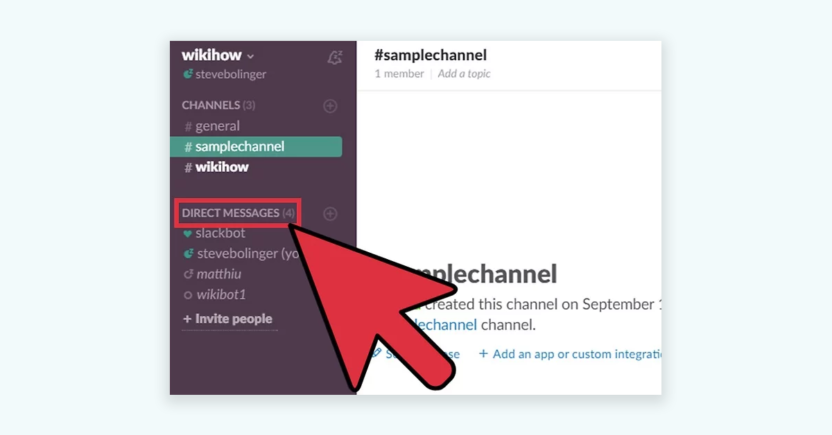
Their introduction is short, crisp, and informative. It doesn’t take time and tells customers exactly what they need to know to operate the platform. Its unique walkthrough model is educative and entertaining. You get used to new features through empty states, and can easily visualize how they will work in real-time.
b.) Instagram Targets Through Social FOMO
Facebook’s popular image-centric social media app Instagram uses user behavior and psychology to induct customers. It starts out by using FOMO (fear of missing out) in people, urging them to join the platform by showing which of their Facebook friends already use it.
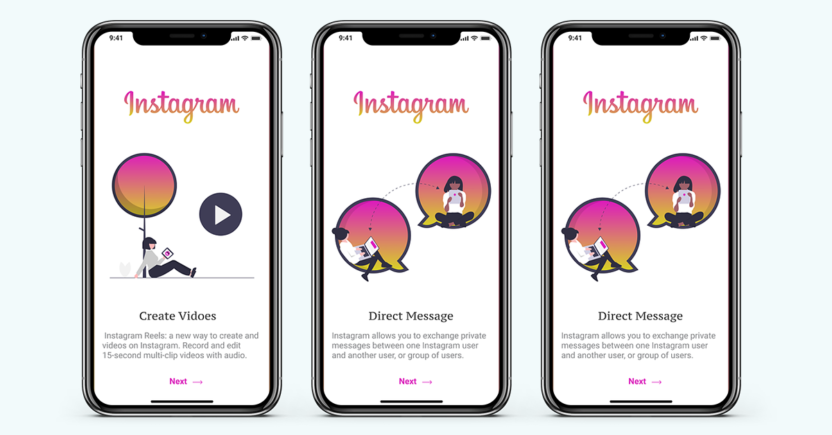
When you see close friends there, you automatically get the urge to sign up. Their sign-up process is simple, and it is very easy to create an account with your Facebook credentials. You are taken through the process of adding a profile photo, shown where the most-used buttons are, and a feed with content you might be interested in.
In a few easy steps, you are all set to go!
c.) Grammarly Has Informative Demos
This writing assistant tool helps you check grammar, spelling, word choice, and so on. Grammarly has an onboarding-specific demo document with hotspots for notable features. Customers can explore these on their own and learn through demos.
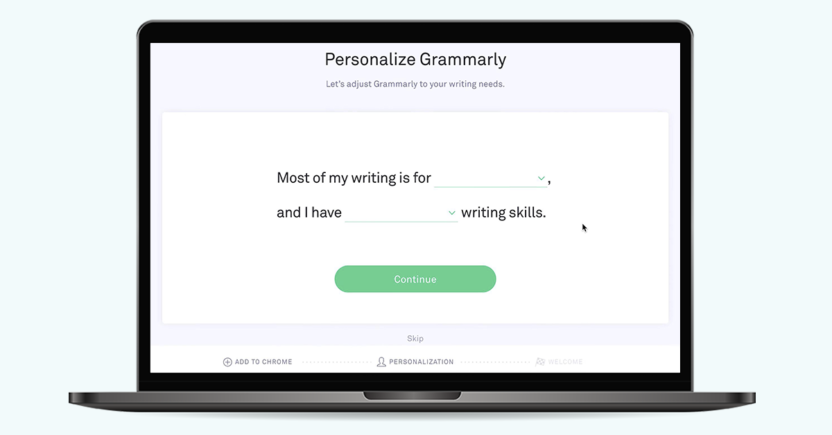
You get introduced to its features one at a time and learn to use them by actually using them in a controlled environment. The onboarding process guides you through the app as you learn to identify errors and “Correct with Assistant.” It is as smooth as it can get!
d.) Netflix Takes Your Choices Very Seriously
This streaming app does not need as much of a guide as the others to figure out how it works. However, it needs to motivate customers to sign up and pay for its subscription, which is what Netflix has been doing with style.
They have a sign-up screen that displays all price points accurately, both for desktop and mobile apps. It has a clear CTA of “Start Your Free Month” and further steps for registering with contact details.
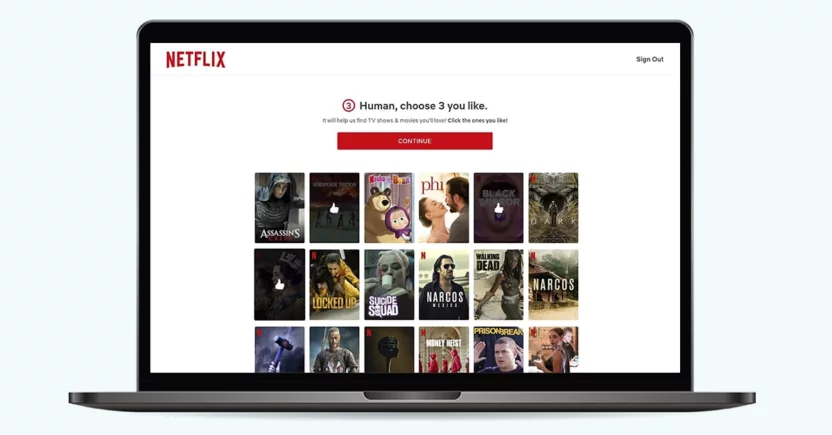
You set up an account in a minimal number of steps and are taken to a screen with suggested content. You can also choose a few preferences to get more target content suggestions, and that’s just about it. It’s simple, elegant, and quick!
Final Thoughts
Customer onboarding is often the first interaction you have with your customers after they have decided to give your product a try. You must ace it to create a lasting impression and secure loyal customers.
What makes a good onboarding experience is its simplicity, informativeness, and brevity. Our tips, best practices, and examples can help you optimize this process to maximum benefit. After all, you want your customers to know everything important but not be overburdened. You also want to finish the process quickly but not miss out on anything crucial.
Here’s where automation can optimize the workflow and give you an onboarding experience that your customers will love.
If your company is still struggling with onboarding new customers, follow our guide to optimize your onboarding process and boost your customer retention metrics!












